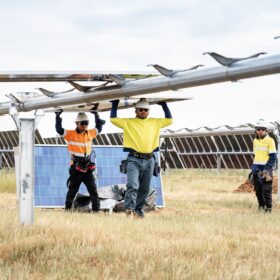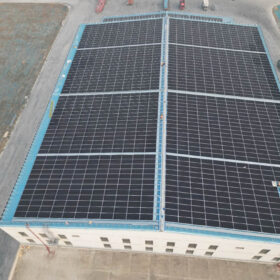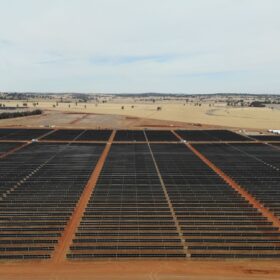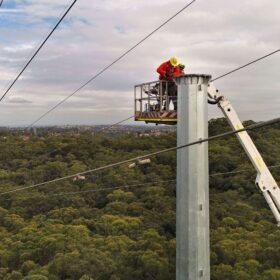WA backs Traditional Owners’ 5 GW green energy parks target
The Western Australia government has committed $2.7 million to support a Traditional Owner group in its bid to develop solar and battery energy storage projects with up to 5 GW of capacity in the state’s Pilbara region.
BNEF flags potential global solar slowdown in 2026 as China cools
BloombergNEF projects a slight year-on-year dip in global solar additions in 2026 as China’s growth eases, even as installations elsewhere continue to rise.
Machine-learning models identify hidden physical defects in solar arrays
The software tool uses self-supervised learning to detect long-term defects in solar assets weeks or years before conventional inspections, potentially reducing operations and maintenance costs.
European Energy lands tick of approval for 1.1 GW solar project
Danish renewables major European Energy has secured development approval for its plans to build the 1.1 GW Upper Calliope Solar Farm near the industrial city of Gladstone in central Queensland.
Aiko achieves 24.8% efficiency in commercial solar module production
The result relates to the company’s Comet 3N modules and has been confirmed by independent testing agency TÜV Nord in Germany.
Venergy completes 4.4 MW rooftop solar rollout for Stockland
Venergy Solar has completed what it says is one of the largest embedded network solar projects in Australia with 1,120 rooftop PV systems installed across four of property developer Stockland’s land-lease communities in Victoria.
Potentia pushes energisation button on solar-battery hybrid project
The first solar-battery hybrid facility approved in the National Electricity Market, the $190 million Quorn Park Solar Hybrid project developed by Potentia Energy in New South Wales, has been energised.
GoodWe launches new hybrid inverters for C&I solar
The Chinese manufacturer has launched a new series of three-phase hybrid inverters ranging from 80 kW to 100 kW. The new products feature eight MPPTs with up to 42 A input current.
Facilitating DER/CER in Australia’s two-way energy system: report
The Australian Energy Regulator has released its third annual export services network performance report on facilitating consumer energy resources in Australia’s two-way energy system.
1 GW transfer capacity unlocked by existing Hunter region network upgrades
Electricity distributor Ausgrid will unlock 1 GW of transfer capacity from the Hunter-Central Coast Renewable Energy Zone by upgrading its existing distribution poles and wires, instead of building of building new ones.












